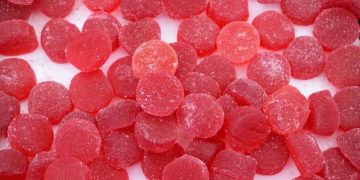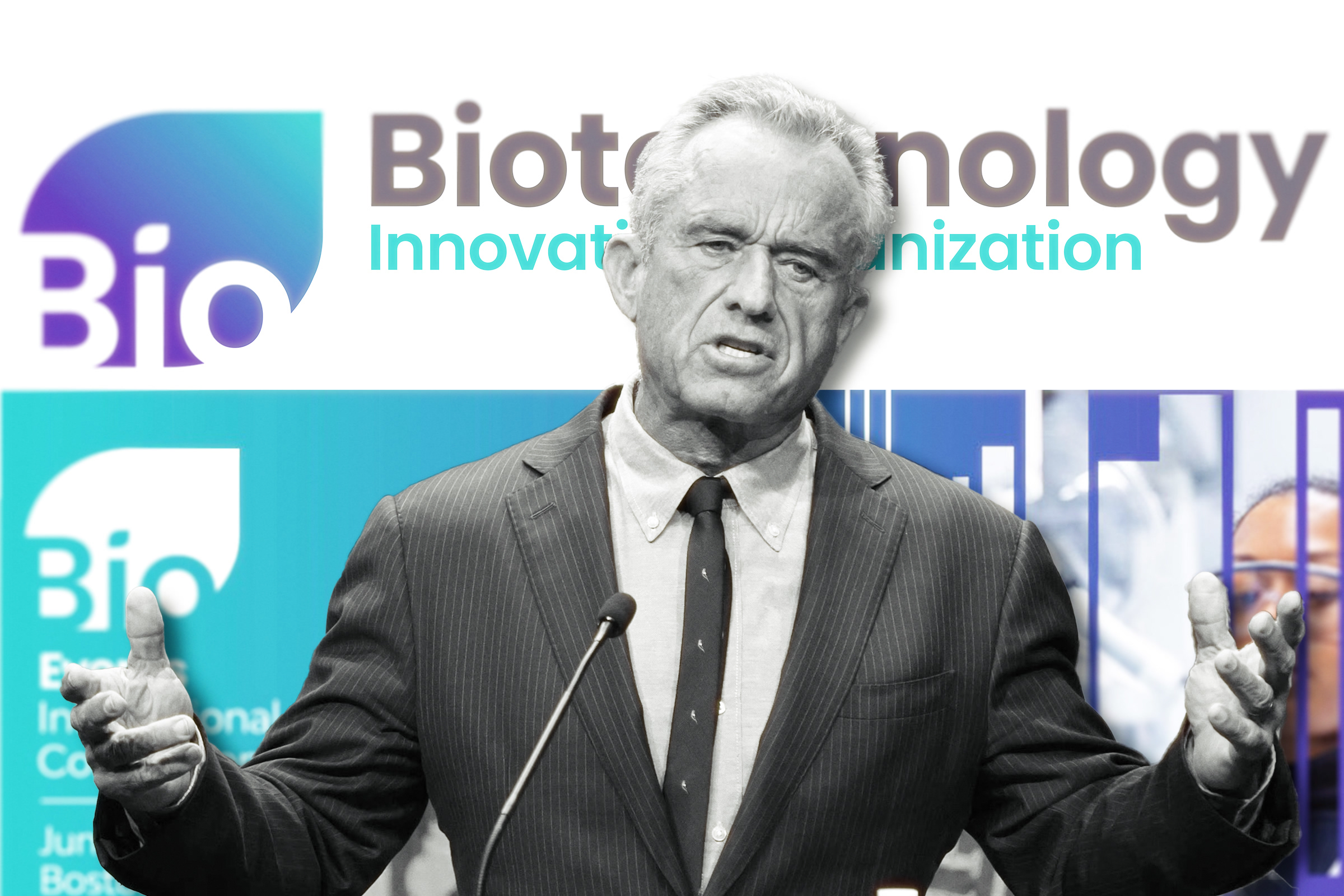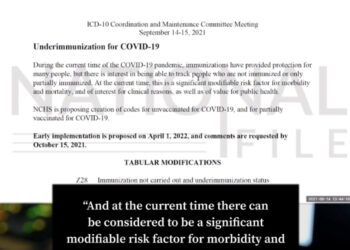Last Updated on January 21, 2025
The Food and Drug Administration is under fire following the federal ban on carcinogenic red dye No. 3 as the masses question the safety of other color additives and chemicals commonly hidden in foods in the United States.
Red dye No. 3, a synthetic additive used to give foods and beverages a bright red hue to appear a cherry-red color, is chemically known as erythrosine and made from petroleum.
US regulators announced Wednesday the Red 3 ban will not go into effect until early 2027 for food and early 2028 for drugs and will continue to be sold in the United States until the ban goes into effect, nearly 35 years after it was barred from cosmetics because of its carcinogenic risk.
Under the Delaney Clause of the Federal Food, Drug and Cosmetic Act, the FDA is prohibited “from approving a color additive that is ingested if it causes cancer in animals or humans when ingested.”
A study conducted on lab rats over three decades ago concluded that red dye No. 3 causes cancer. A 2022 petition by advocacy organizations citing this research prompted the FDA to revoke authorization for the use of the dye finally.
Another study found discovered a link between red dye No. 40 and accelerated immune system tumor grown in mice.
Experts contend the dye contains benzene, a well known carcinogen.
The digestion of artificial colorants also cause a host of other health threats. Experts contend red dye No. 40, yellow dyes Nos. 5 and 6, blue dyes Nos. 1 and 2, and green dye No. 3, all of which are also composed of petroleum.
Some of the foods that most notoriously contain Red 3 include cakes and cupcakes, candy, particularly seasonal candies such as candy corn and dyed marshmallows, frozen deserts such as ice pops and ice cream with strawberry flavoring, frosting, maraschino cherries, fruit cocktails, colored beverages, protein shakes, and bacon bits.
The consumption of all the dyes is potentially hazardous.
A 2021 study found blue dye No. 1 is known to cause development delays among children, behavioral difficulties, inhibited nerve cell development in animals and is correlated to an increased incidence of tumors in rats.
Blue dye No. 1 and yellow dye No. 6 may also be toxic to some human cells, according to a 2015 study.
Green dye is seldom used to enhance the color of foods but is linked to a dramatic increase in bladder tumors among animals when consumed.
Just 1 milligram of yellow dye No. 5 negatively impacts the mood and behavior of sensitive children cause irritability, restlessness and sleep disturbances. Yellow dyes No. and No. 6 are contaminated with benzidine and other cancer-causing chemicals.
An FDA spokesperson issued a statement claiming the government agency will better disclose the ingredients hidden in the food products it approves.
“The FDA is actively working to develop transparent processes for prioritizing chemicals in food for a safety review as part of the agency’s efforts to build a robust and systematic post-market review program,” the spokesperson said in a statement via email. “Food dyes, such as Red 40 and Yellow 5, are among the chemicals that are being strongly considered for prioritization and assessment. The number of chemicals that can be assessed and the speed at which we can complete those assessments is limited by the availability of resources.”
In September, California banned red. No 40 from foods and drinks accessible in public schools warning the additive causes cancer.
While studies show the dyes are typically quickly metabolized and excreted hours or days after consumption, studies show they still have a cumulative effect on the body and are particularly detrimental to pregnant women. Studies on the short-term exposure of these chemicals on pregnant rats showed they have significant long-term effects on their offspring.

Nearly all ultra-processed foods and beverages contain the artificial food colorings, but they are are also hidden other foods that are suspiciously colorful. These addditives are also used in the manufacturing of medications.
These artificial dyes are often referred to using the following terms:
- Red dye No. 3: red 3, FD&C Red No. 3 or erythrosine
- Red dye No. 40: red 40, FD&C Red No. 40 or Allura Red AC
- Blue dye No. 1: blue 1, FD&C Blue No. 1 or Brilliant Blue FCF
- Blue dye No. 2: FD&C Blue No. 2 or indigotine
- Green dye No. 3: FD&C Green No. 3 or Fast Green FCF
- Yellow dye No. 5: yellow 5, FD&C Yellow No. 5 or tartrazine
- Yellow dye No. 6: yellow 6, FD&C Yellow No. 6 or sunset yellow
Some of the oral medications that contain Red 3, include Acetaminophen, a pain reliever, Fluoxetine, an antidepressant, Gabapentin, an anticonvulsant, and Andomeprazole, which treats heartburn
Many other countries including Japan, Australia and countries in the European Union have reportedly already banned or restricted the use of Red Dye No. 3 and other food additives.





















